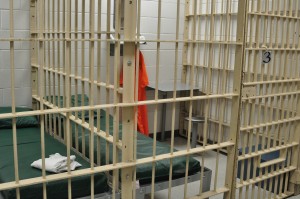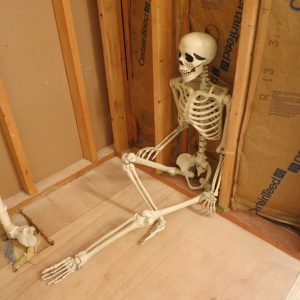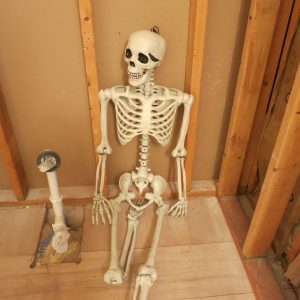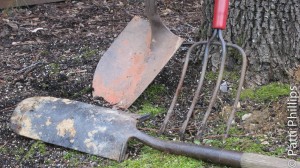KN, p. 306 “Secrets of a Crime Writer”
If this post has no paragraph separations, please double-click on the title to create a more readable article.
My little sister, Bridget, and I chat every few days. We trade stories and joke as we catch up on the stuff of life. She calls to pester me about coming to visit her in North Texas. I call her to make sure she’s staying out of trouble with the Sheriff and avoiding speeding tickets on 287 South.
This time she had me choking with laughter. She has been keeping a list of handy bits of information she swears that she picks up from Kerrian’s Notebook. This is what she shared tonight. Bridget’s guidelines are based on a few articles on the site, and I’ve included some links in bold so you can see what she read.
- Hand guns are not a good choice for self-defense in the middle of the night if the gun is on a closet shelf in a locked box. I keep an axe next to the bed, so I will use my champion axe throwing skills to take out the bad guy.
- Bodies in the basement tend to stink up the place. Good thing I don’t have a cellar. Not even a crawl space – in case some nefarious person is looking for a place to hide a body.
- My phone is not safe from cloning or hacking in these days of cyber attacks, so I shouldn’t use it to pay for anything. That’s okay, since cash is accepted in most places, and I save a bunch on credit card fees.
- I need to practice at the firing range so that I don’t shoot my foot.

- Always remember to check the inside of a second-hand refrigerator I might buy, in case the seller stuffs a body inside it while I’m getting the truck ready.
- Don’t look inside dumpsters at the mall. Ewwww.
- Don’t travel by air during pollen season. The plane might not make it.
- Don’t spend the night in jail. There are small spaces and other drawbacks.

- Avoid having cups of tea in the houses of little old ladies.
- Attend a writers’ conference. All that talk about murder and mayhem might be fun.
There ya have it. Handy tips from Bridget. Gotta love that sister of mine. Sheila and I just might be taking that road trip soon.
KN, p. 306 “Secrets of a Crime Writer” Read More »





